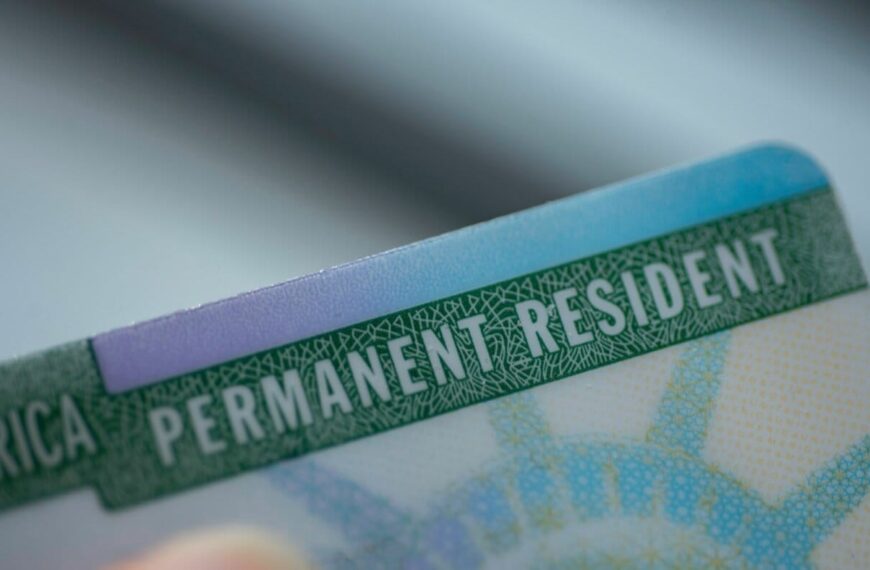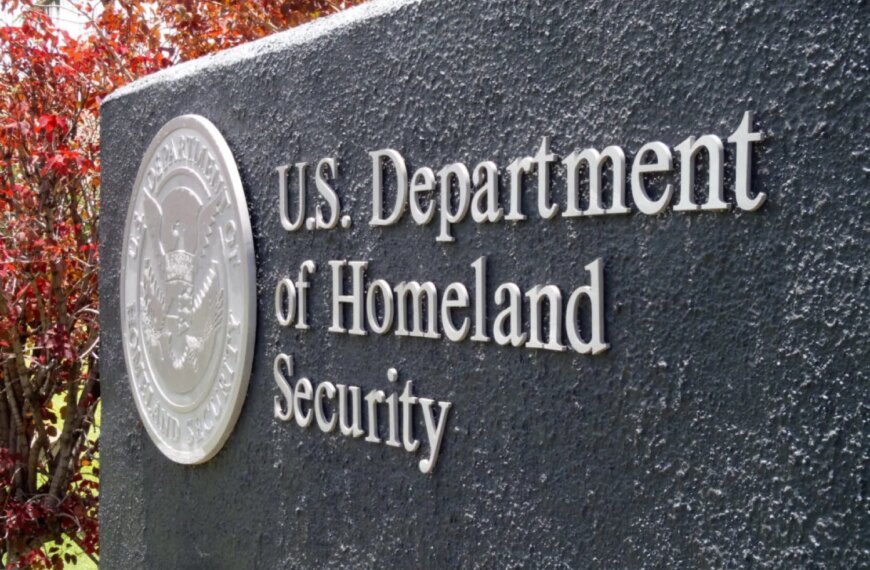Understanding the Proposal by the Italian Minister to Combat Illegal Migration
The issue of illegal migration has become a pressing concern for many nations, particularly in Europe. Recently, the Italian Minister proposed a significant increase in immigration quotas, aiming to address the challenges posed by illegal migration. This initiative is part of a broader strategy to manage migration effectively while ensuring that humanitarian needs are met.
The Context of Increased Quotas
Italy has long been at the forefront of the immigration debate in Europe, dealing with a substantial influx of migrants from various regions, including Africa and the Middle East. The proposed increase in quotas is seen as a way to create a more structured and legal pathway for immigrants. By doing so, the Italian government hopes to reduce the number of individuals attempting to cross borders illegally, which often leads to dangerous situations and exploitation by human traffickers.
Key points of the proposal include:
Addressing the Concerns of Illegal Migration
Illegal migration poses numerous challenges, not only to the migrants themselves but also to the host countries. The Italian Minister’s proposal seeks to create a balance between humanitarian obligations and national security. By increasing legal quotas, the government aims to provide a safer alternative for migrants, reducing the reliance on illicit routes.
To facilitate this process, the government plans to:
International Cooperation and Support
The Italian government’s approach to increasing immigration quotas is not an isolated endeavor. It involves close collaboration with other nations and international bodies to ensure that the measures are effective and align with global standards. The focus on partnerships is crucial for addressing the complexities of migration.
Some areas of international cooperation include:
Challenges Ahead
While the proposal for increased quotas is a step in the right direction, several challenges remain. There is often resistance from various political factions concerned about the implications of higher immigration numbers. Additionally, logistical issues related to processing applications and providing adequate support for new arrivals are ongoing concerns.
Key challenges include:
Conclusion
The Italian Minister’s proposal to increase immigration quotas represents a thoughtful approach to a complex and multifaceted issue. By prioritizing legal pathways for migration, Italy aims to mitigate the risks associated with illegal migration while fulfilling its humanitarian obligations.
As the situation evolves, it will be essential to monitor the effectiveness of these policies and their impact on both migrants and host communities. The success of this approach hinges on continued international collaboration and a commitment to addressing the root causes of migration, ensuring a fair and humane immigration system for all.
In a world where migration is a critical issue, initiatives like these could pave the way for a more secure and compassionate approach to managing human mobility.










